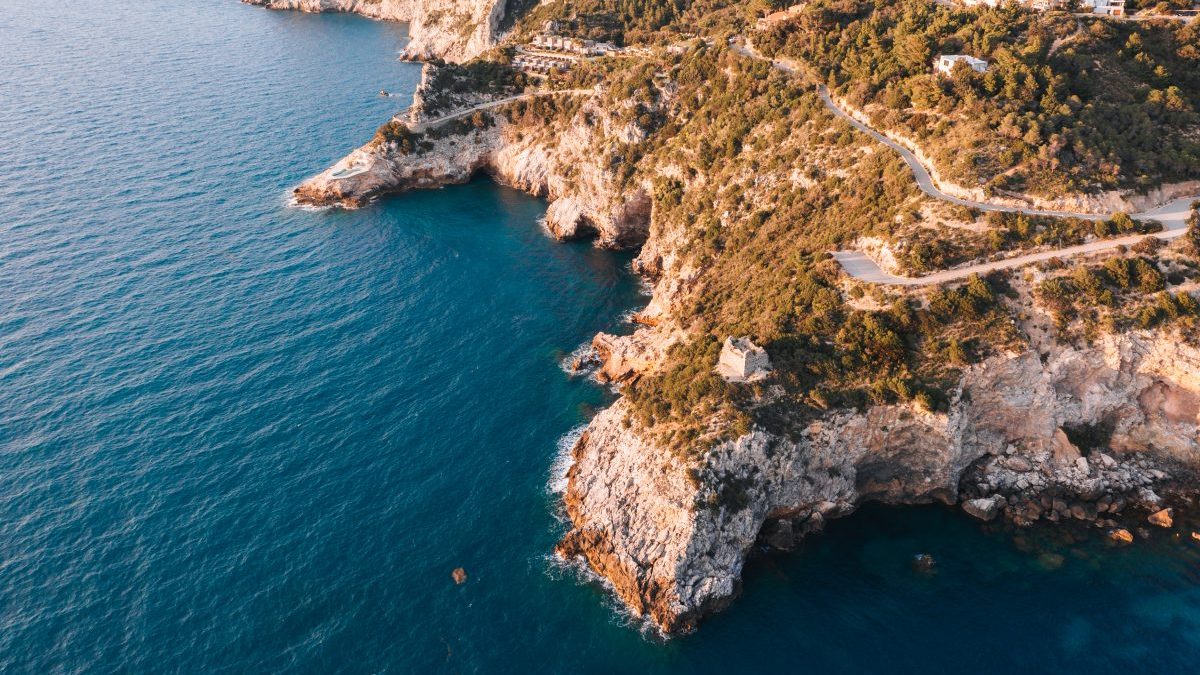Swap the Balearics or Barcelona for these havens of peace that have yet to be discovered by the holidaying hordes.
British holidaymakers are sticklers for tradition. Data provided by the Spanish Tourist Office showed how in 2023, a mammoth 52 per cent of the 17m British tourists visiting Spain made for either the Canary Islands or the Balearics, despite some locals on the islands railing against mass tourism.
A recent Which? Travel investigation revealed a similar story across a crowded continent. Paris, which hosted 44m international tourists in 2023, is the most-visited city in Europe. The same investigation named Zakynthos – a popular island getaway for Britons – the Greek capital of overtourism, with a staggering 6m overnight stays on an island with a tiny population of 40,000.
To avoid being surrounded by a sea of British chatter or anti-tourism placards, peace-seeking holidaymakers need to rediscover the joy of unfamiliar destinations. Venture off Europe’s beaten track and you’ll be rewarded with lower prices, quiet beaches and meaningful local interactions. From the gorgeous winelands of La Rioja in northern Spain to the empty mountains of Montenegro, here are seven European regions where Britons have yet to catch on.
La Rioja, Spain 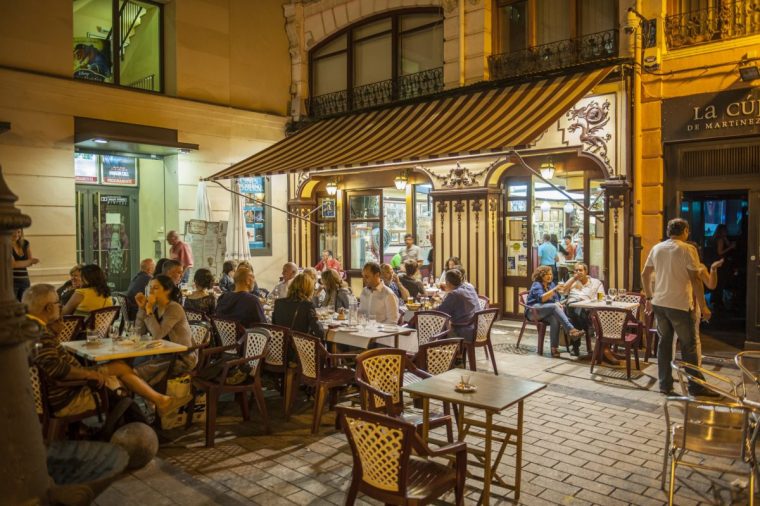 The old town of Logroñoha in Rioja has plenty of bars in which to enjoy the local wine (Photo: Guido Cozzi/Atlantide Phototrave/Getty/The Image Bank Unreleased)
The old town of Logroñoha in Rioja has plenty of bars in which to enjoy the local wine (Photo: Guido Cozzi/Atlantide Phototrave/Getty/The Image Bank Unreleased)
More than 5m Brits descend on the Canary Islands every year, but data from the Spanish Tourist Office reveal how on the mainland, La Rioja welcomed just 10,000 British tourists – or 0.1 per cent of UK holidaymakers visiting Spain – in 2023.
“The Spanish region of La Rioja is perfect for visitors looking to venture off the traditional tourist trail and enjoy the temperate weather and varied landscapes of northern Spain,” says Manuel Butler, director of the Spanish Tourist Office. “Aside from its internationally famous wines, Rioja remains remarkably undiscovered, yet it is a rewarding region of contrasting countryside, wooded mountain ranges, olive groves and vineyards.”
Pack your Spanish phrasebook and base yourself in Logroño, where the Camino de Santiago pilgrim route intersects a regional capital founded by the Romans. Local company Rioja Like a Native offers half and full-day vineyard tours from €170pp. Visit in late June, and you can soak up La Rioja’s wine culture (quite literally) at the Batalla del Vino (Battle of the Wines), an annual fiesta in the village of Haro celebrating local food, wine – and more wine.
Vueling flies from Gatwick to Bilbao, a one-and-a-half hour drive north of Logroño, from £25 each way. Doubles at Sercotel Calle Mayor, a converted 16th-century palace, start from £65, room only.
Maremma, Italy 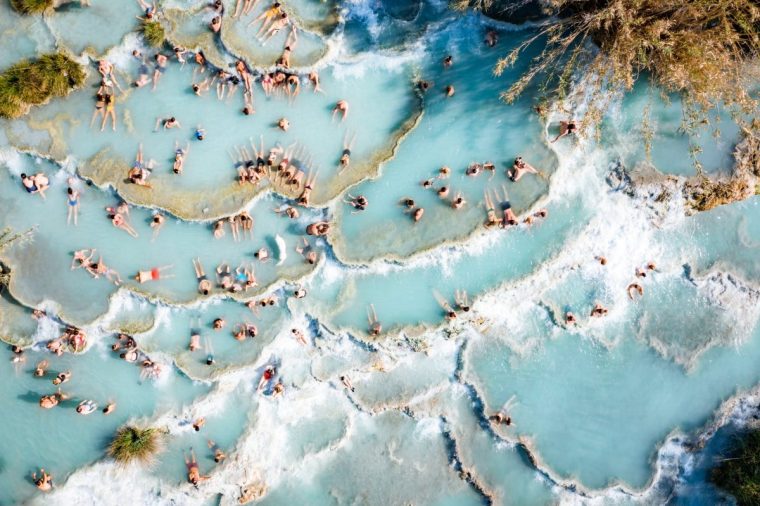 Saturina’s thermal hot springs are among Maremma’s highlights (Photo: Getty)
Saturina’s thermal hot springs are among Maremma’s highlights (Photo: Getty)
Italy welcomed 68m visitors in 2024, fuelling anti-tourism sentiment in hotspots like Rome and Venice. Still, quiet bastions of solitude remain, including Maremma, a low-key coastal region in southern Tuscany where sun-drenched beaches and rural retreats are beloved by domestic, rather than international tourists.
Maremma has all the trappings of a marvellous Italian getaway and hardly a British voice in earshot. The fortified stone towers of medieval towns such as Sorano rise above a countryside dotted with vineyards. Take a dip in Saturnia’s thermal hot springs, hike coastal paths in the Parco Regional del Maremma, and soak up la dolce vita in Talamone, a fishing village overlooking the Tyrrhenian Sea.
Fly into Florence or Rome, and it’s a two-hour drive to Grosseto, Maremma’s regional hub. Rooms at Grand Hotel Bastiani, in Grosseto’s historic city centre, start from £50 per night, room only.
Lika, Croatia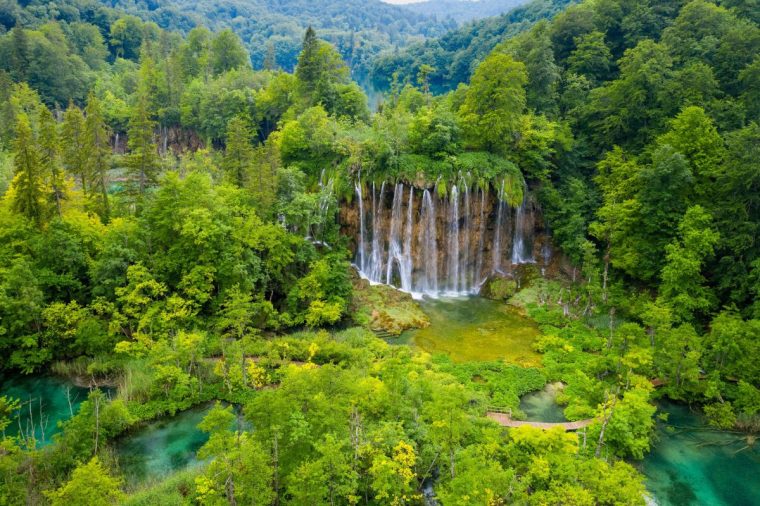 The lakes with waterfalls of the Plitvice Lakes National Park (Photo: Goran Safarek/Getty/ iStockphoto)
The lakes with waterfalls of the Plitvice Lakes National Park (Photo: Goran Safarek/Getty/ iStockphoto)
Some 21.3m international tourists visited Croatia in 2024, with the bulk of visitors (and Britons) heading to coastal destinations such as Split and Dubrovnik. Bisera Fabrio, director of the Croatian Tourism Board in London, recommends heading inland to Lika, Croatia’s largest, yet least populated region.
“Located between the Adriatic and central Croatia, Lika is a region of untamed beauty where majestic mountains, ancient forests, and crystal-clear rivers invite you to breathe deeply and reconnect with nature,” says Fabrio. She describes the mountainous region – home to the Unesco World Heritage-listed Plitvice Lakes National Park, where waterfalls crash down into turquoise lakes surrounded by limestone karst cliffs – as a “Croatian fairytale”.
Fabrio highlights how rural traditions and hospitality thrive in Lika, where tourists can enjoy artisanal cheeses, cured meats, and plum rakija (fruit brandy), while hearing local “stories that turn every meal into a cultural experience”. Fly to Split, Zadar or Zagreb, then transfer to Plitvice Lakes National Park, where rooms at Hotel Jezero start from £102 B&B.
Durmitor National Park, Montenegro 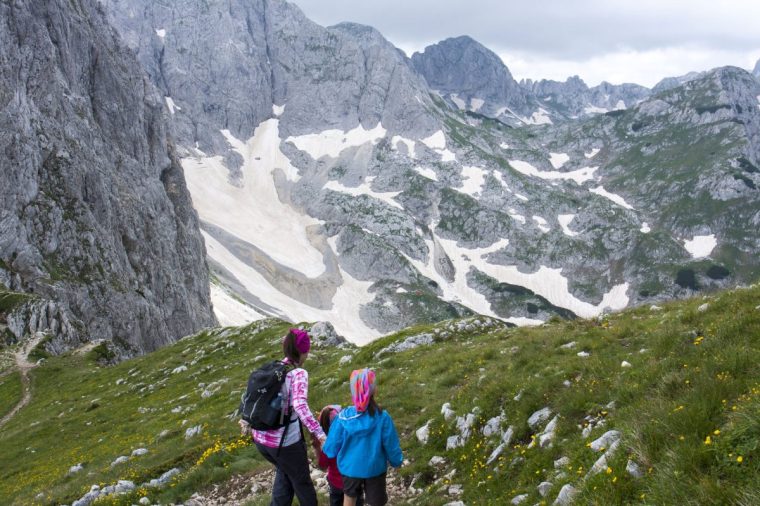 Savin Kuk Peak is among Montenegro’s less touristed highlights (Photo: Sebastian Condrea/Getty/Moment RF)
Savin Kuk Peak is among Montenegro’s less touristed highlights (Photo: Sebastian Condrea/Getty/Moment RF)
Montenegro welcomes around 2.5m tourists each year, and according to the Statistical Office of Montenegro, just three per cent are from the United Kingdom.
The former Yugoslav nation might not be the Balkan secret it once was – endless cruise ships dock in Kotor in summer – but Ben Heywood, co-founder of Undiscovered Balkans, says: “there are many areas in Montenegro qualifying for off-the-beaten-track status, once you get away from the coast.”
He recommends chasing waterfalls, kayaking alpine lakes, white-water rafting, tackling hiking trails, e-biking and mountain climbing in Durmitor National Park, home to soaring peaks (the highest, Bobotov Kuk, is 8,277ft) and Europe’s deepest gorge (Tara Canyon at 4,265ft) in the north.
Undiscovered Montenegro’s Super Active Holiday offers adventure from £1,195pp. Wizz Air flies from Gatwick to Podgorica, 90 minutes away, from £22 one way.
Pays de la Loire, France 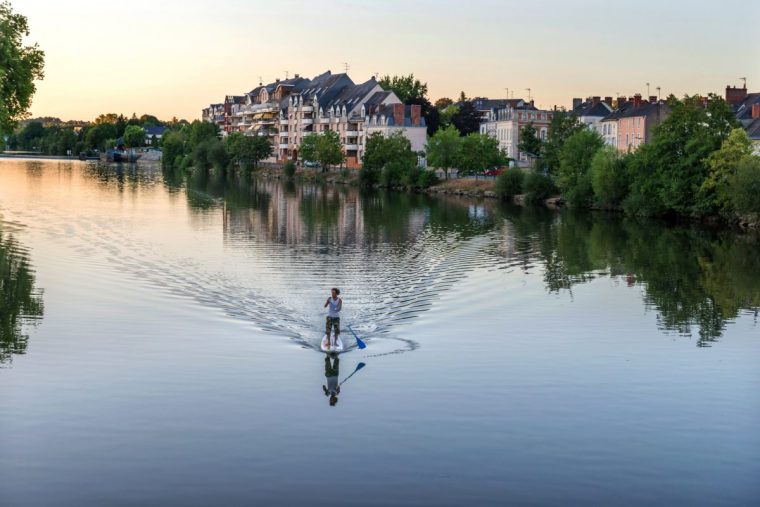 Sunset in he city of Laval, France (Photo: kamira777/Getty/iStock Editorial/Iryna Kenning)
Sunset in he city of Laval, France (Photo: kamira777/Getty/iStock Editorial/Iryna Kenning)
Even in the peak summer season, 86.3 per cent of Pays de la Loire’s visitors are domestic. Named after the Loire river – the second longest waterway in France – the region is packed with wineries, chateaux and cities such as Le Mans – famed for its 24-hour racing circuit – and handsome, artsy Nantes with its epic, mechanical visitor attractions.
The French tourism board recommends going off-piste in Pays de la Loire, by basing yourself in lesser-visited Mayenne. This small town in the region’s north, home to a 10th-century Carolingian chateau and 12th-century basilica, is a short drive from the crumbling ramparts and ramshackle lanes of Sainte-Suzanne, which boldly styles itself as one of the “most beautiful villages in France”.
Doubles at Logis la Marjolaine, a chateau-turned-hotel outside Mayenne, start from £96.
EasyJet flies to nearby Rennes from £31, or travel overland by train from London via Paris and Laval.
Ikaria, Greece 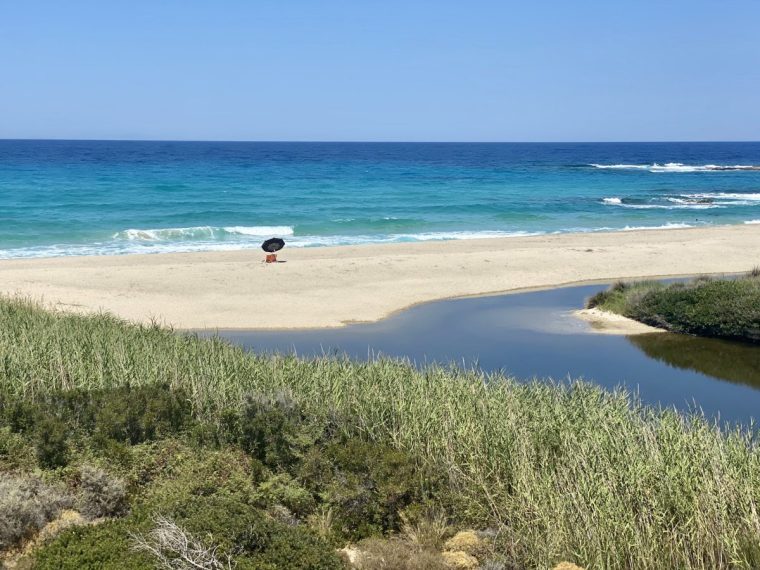 You can find quiet beaches in Ikaria, Greece (Photo: SandyBro/Getty/iStockphoto)
You can find quiet beaches in Ikaria, Greece (Photo: SandyBro/Getty/iStockphoto)
Parts of Greece are suffering from overtourism. Zakynthos welcomes the most tourists, per capita, in the country (according to the Which? overtourism report), while Athens hosts the second largest number of visitors per square kilometre in Europe, after Paris.
But less-visited Ikaria has long existed in splendid isolation next to its larger island neighbour, Samos. Ancient Greek sailors feared the seas surrounding this tiny island (Homer warned of them in his epic poems), and Ikarians even destroyed their own harbours to keep away would-be invaders in medieval times.
“Unlike its more tourist-heavy counterparts, Ikaria has remained largely untouched by mass tourism, offering a glimpse into a slower, more authentic way of life,” says Eleni Skarveli, director of the Greek National Tourism Office, UK & Ireland. “The island is perfect for travellers looking to unwind and immerse themselves in traditional Greek culture.”
Ikarians might be onto something, given the island is said to be one of the world’s “Blue Zones”, where a disproportionately high number of locals live well beyond the age of 90, or even 100.
Skarveli recommends the island’s thermal spas and natural hot springs, while a diet rich in local vegetables and fresh fish will leave you feeling suitably rejuvenated.
Tui flies from Gatwick to Samos, from where you can take the ferry to Ikaria.
Alternatively, fly via Athens with Aegean Airlines. Erofili Beach Hotel offers B&B from £60, overlooking the beautiful northern coastline.
Costa Vicentina, Portugal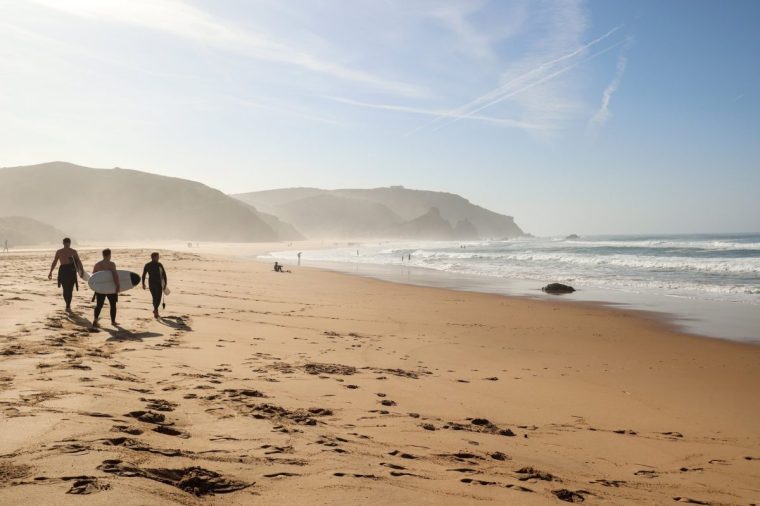 Costa Vicentina is a surfers’ enclave near the Algarve (Photo: Getty)
Costa Vicentina is a surfers’ enclave near the Algarve (Photo: Getty)
Rebecca Bruce, Inntravel’s product manager, is always awed by Portugal’s Costa Vicentina. With its wild, salt-sprayed beauty, it’s a quiet contrast to the busy Algarve.
“It is a world away from the high-rise resorts of the south coast, with traditional low-slung rural hotels and guesthouses that offer warm welcomes to all who stay there,” says Bruce. The coastline – protected by one of Europe’s largest natural parks, the Parque Natural do Sudoeste Alentejano e Costa Vicentina – is home to the long-distance Fishermen’s Trail walking route. “This is also a superb region for wildlife spotting, aside from the infamous marine storks who seem to build their large nests wherever they can, even on top of telegraph poles! This feels like very authentic Portugal,” adds Bruce.
Inntravel hosts seven-day walking holidays from £1,190pp, taking in the best sections of the Fishermen’s Trail, which stretches for 140 miles along Portugal’s south-western shores. The region can be reached from Lisbon or Faro.
